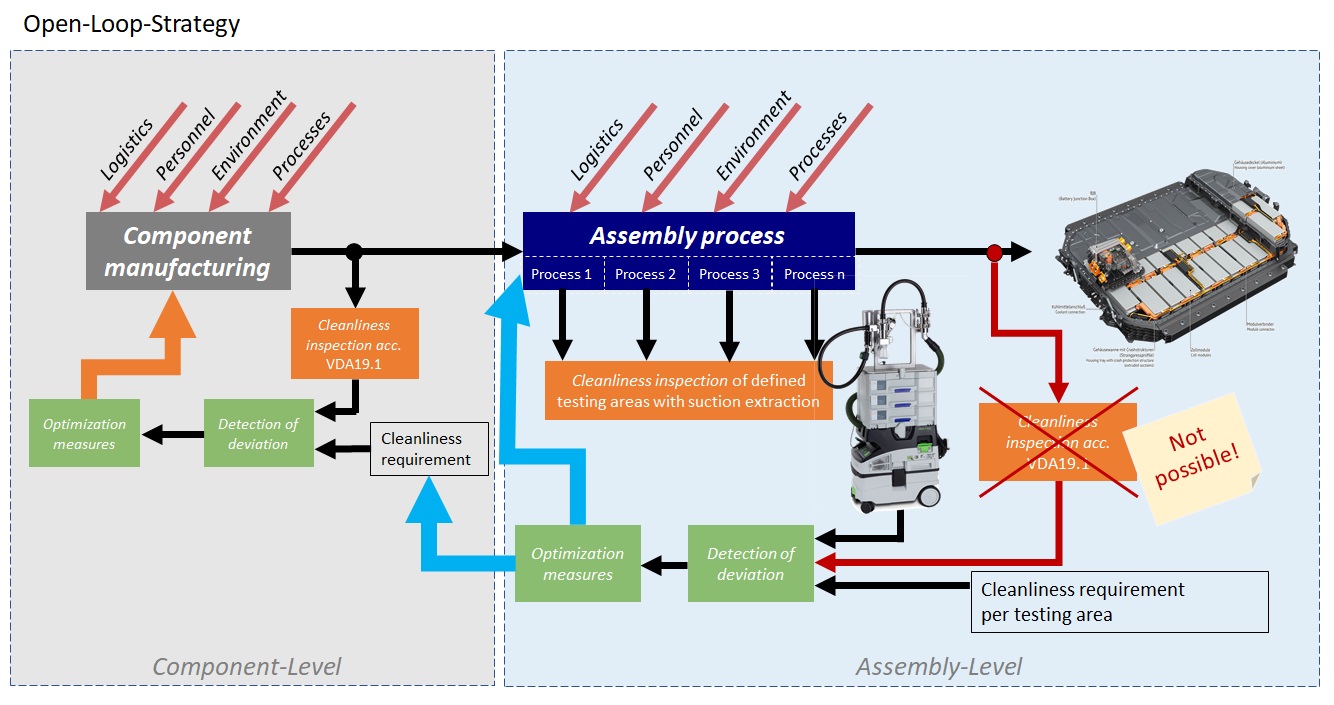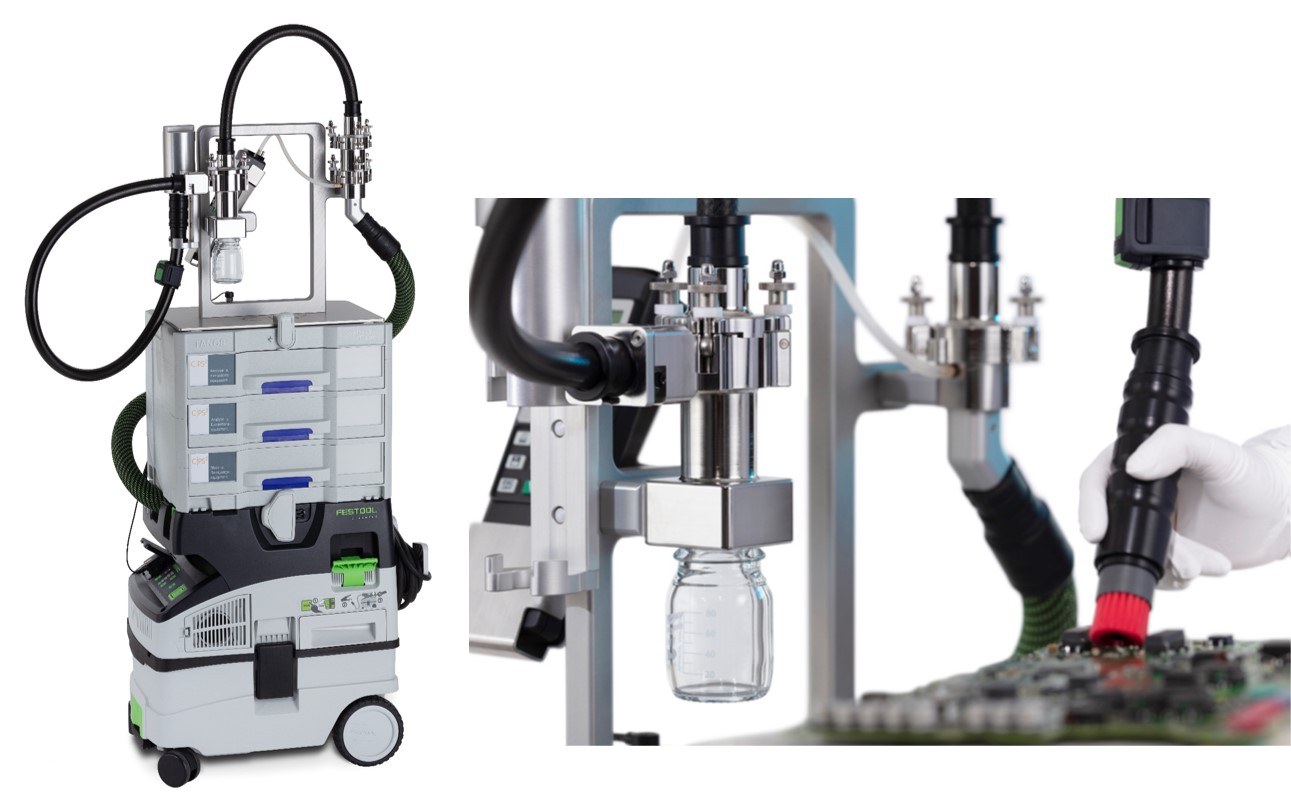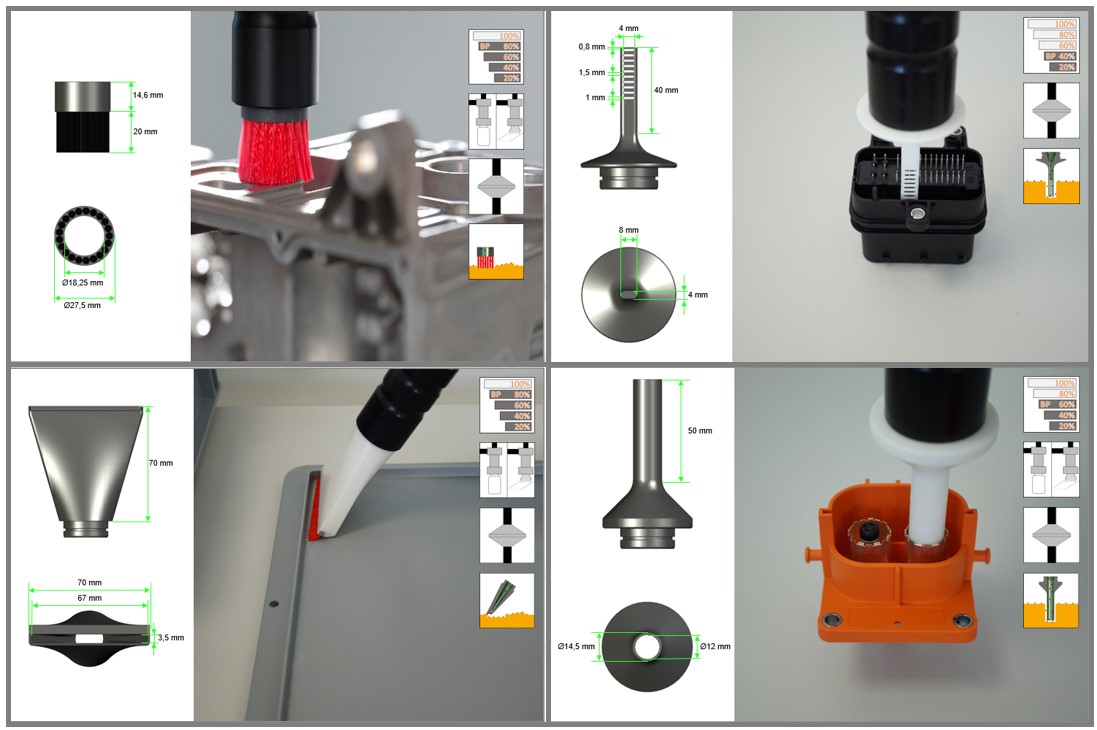CleanControlling supported several German OEMs and TIER1 in the development and industrialization of high-voltage vehicle batteries in 2019 and 2020.
Due to the variety of potential damage mechanisms caused by particulate contamination, but also due to the component dimensions, a rethink is required regarding the specification of cleanliness limits, the integral consideration of technical cleanliness in assembly, and the application of new extraction processes.
All OEMs are currently facing the challenge of bringing high-voltage vehicle batteries to production maturity in a very short time. Especially since battery technology is new territory for many companies and not yet an "everyday business", many questions regarding the specification and analysis of particulate contaminants remain unanswered internally. CleanControlling therefore supports several OEMs and TIER1 in the development and industrialization of HV-vehicle batteries to achieve a stringent and target-oriented concept of specification and analysis of technical cleanliness.
Open-loop and reference surface inspection instead of holistic cleanliness analysis
Current vehicle batteries are complex, mechatronic systems, which consist of different assemblies. Some relevant characteristics like...
- ... the component size of up to 2 meters,
- ... the accessibility to cleanliness-critical areas,
- ... the use of electrical and electronic components,
- ... components which would be destroyed by liquid contact,
- ... and finally high voltages and energy densities
put the extraction methods known and established from VDA19 to the test. The sum of these characteristics makes an overall analysis of all surfaces according to the established methods of VDA19.1 almost impossible, which means that the cleanliness condition cannot simply be determined after the complete assembly in an extraction cabinet according to the methods of VDA19.1. The component dimensions alone and the high stresses and energy densities make this impossible. This makes it necessary to replace the "closed-loop" control loop with an "open-loop" strategy. (See Figure 1)
The "open-loop" strategy reconciles the cleanliness requirements of the critical component areas with the analysability of the areas. For this purpose, the critical component areas were identified and evaluated in several workshops based on the damage mechanisms, and then individual limits for particulate contamination were defined and validated. Each of these test points was selected and defined in such a way that they could be sampled directly in production during the corresponding assembly step and the analysed battery could be further installed and delivered.
Extraction methods for evaluating cleanliness within the battery system.
To be able to carry out the analysis of the relevant test areas non-destructively directly in the assembly, the suction extraction process was found and defined. This method allows dry and non-destructive extraction of confined component areas by guiding a nozzle adapted to the component along the relevant component surface and loosening the particulate contamination through the appropriate combination of mechanical and fluidic cleaning factors. (See Figure 3) In the assembly process, the partially assembled batteries can be stopped at defined intervals and the corresponding test areas extracted using the C|PS² suction extraction system. (See Figure 2) Subsequently, the battery can be reintroduced into the series assembly process and further processed. In the suction extraction system, the dissolved contamination is selectively deposited on a filter or in a laboratory glass and can subsequently be analysed and evaluated using the analysis methods known from VDA19.1.
The "open-loop" strategy makes it possible to obtain cleanliness values of the battery system at the neuralgic points directly in the assembly process, to detect deviations and to define optimization or remedial measures at short notice. A step toward greater process reliability, process knowledge and functional safety in the manufacturing process and operation of vehicle batteries!
Number of characters (with spaces): 4,263

![HV-Fahrzeugbatterie [Quelle: www.automobil-produktion.de] Abbildung des inneren einer Fahrzeugbatterie mit Beschreibung der genauen Bestandteile.](/fileadmin/user_upload/Fahrzeugbatterie.png)


